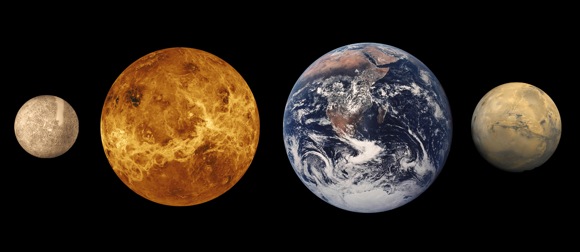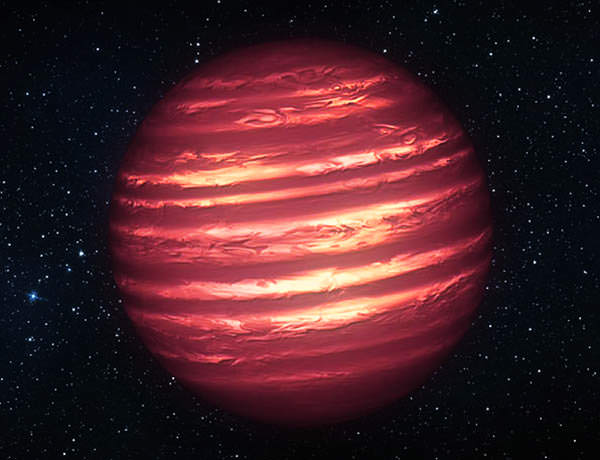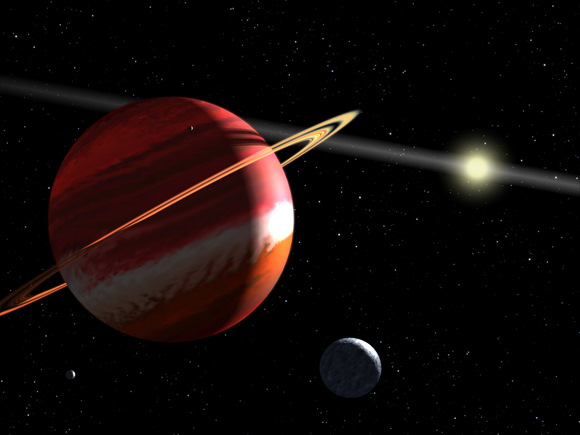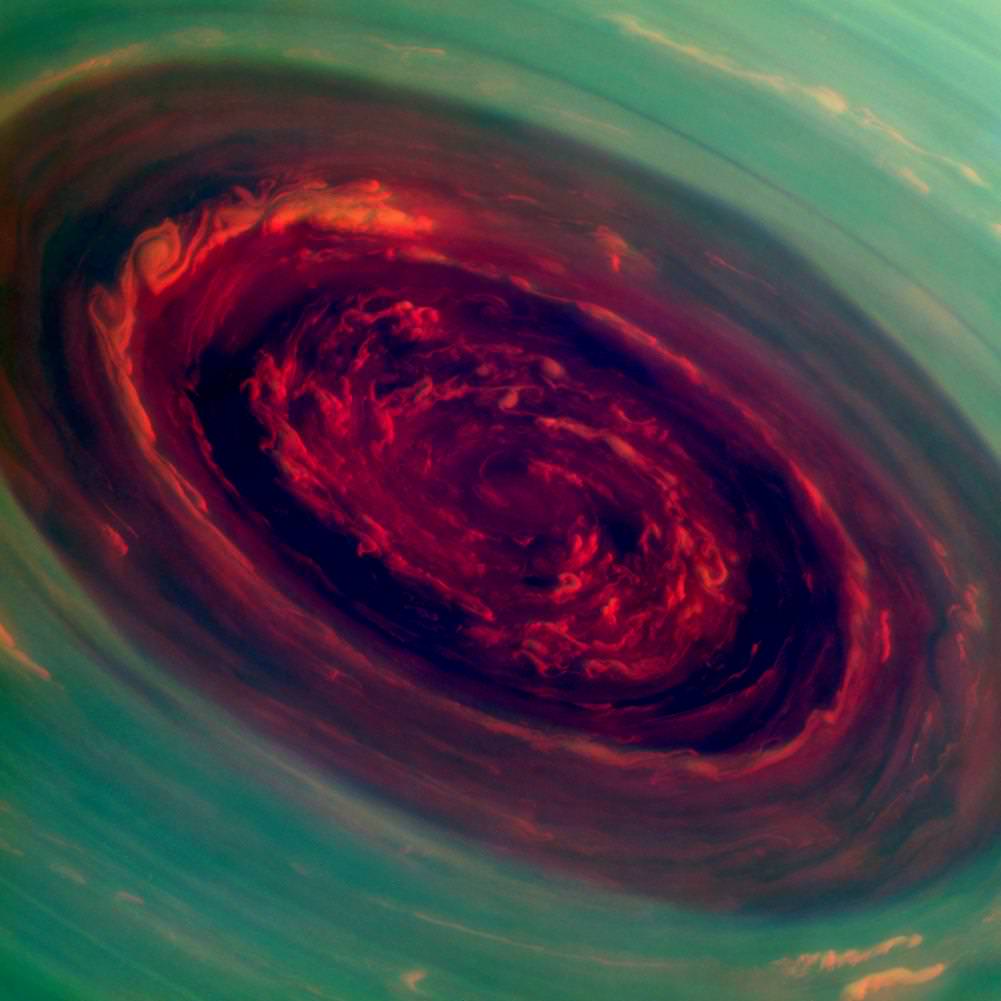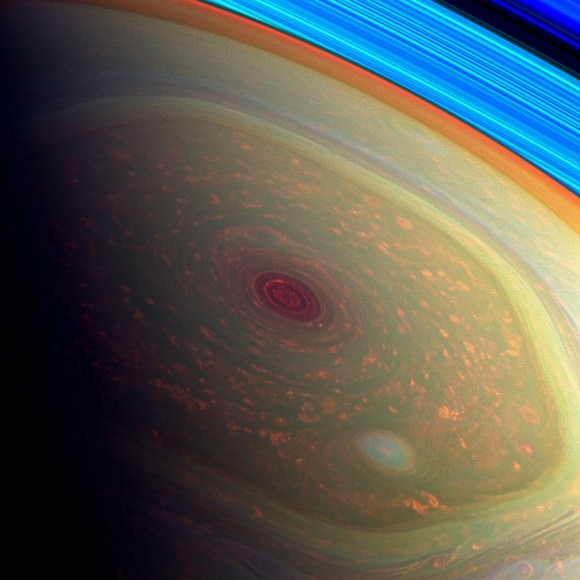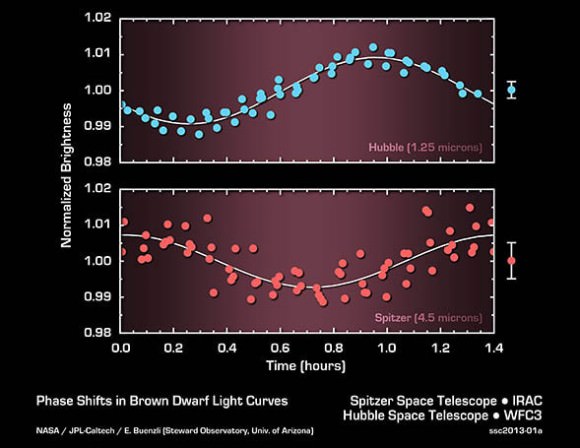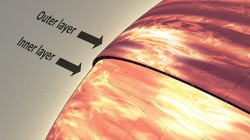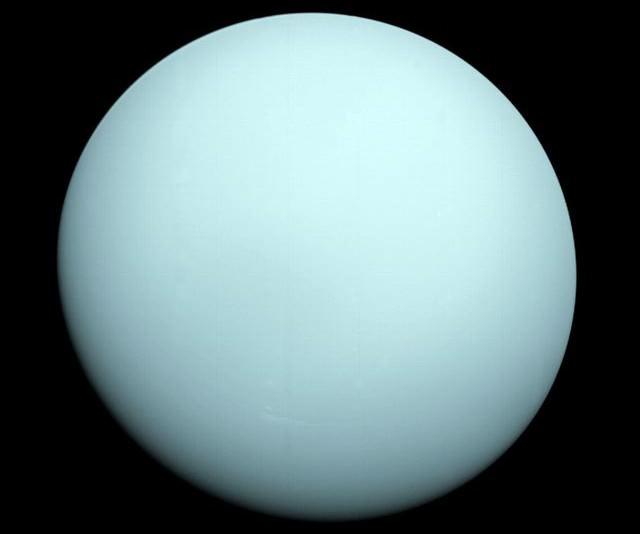So just what would it take to terraform Jupiter, the largest planet in our solar system?
Just a few videos ago, I blew minds with a “How to” on terraforming the Moon. Once we’ve developed a Solar System spanning civilization and have claimed mastery over the laws of physics, and have common-place technology which staggers and dwarf our current comprehension of what’s possible it should be easy enough.
In fact, it might even be easier than terraforming Mars or Venus, as long as you keep a steady flow of gas to the Moon replenishing the constantly escaping atmosphere.
And in the comments on that video, ABitOfTheUniverse threw down, he wants to know what it would take to terraform Jupiter. All right “ABitOfTheUniverse”, if that is your real name… I’m up for it.
On the surface, this is madness. We already explained how Jupiter is completely and totally inhospitable to life. An alien started a “Build a star kit” and stopped a ? of the way through, because he got bored and wandered away. Just like his Mom said he would.
Jupiter is a ball of hydrogen and helium, which compresses these gasses to almost starlike temperatures and pressures. Fine, Jupiter is the absolute worst. It makes traveling to Venus look like a spa visit.
Jupiter does have something we can work with. Astronomers think below the septillions tons of hydrogen and gas, there’s actually a rocky core. The mass of the core is still a mystery, but recent computer simulations put it at somewhere between 7 and 45 times the mass of the Earth, complete with plenty of water ices and other chemicals you might require on an Earthlike planet.
Furthermore, this core may contain similar constituents as the internal structure of Earth. This means a central core of iron and nickel, surrounded by liquid metal, surrounded by rock.
The problem is you need to strip away 95% of the planet’s mass. It’s all that hydrogen and helium, and that’s pretty much impossible. And almost completely impossible, is still very slightly completely possible.
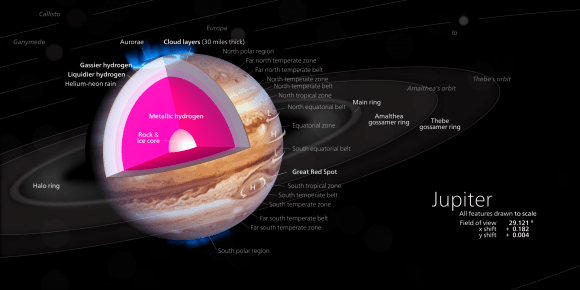
Jupiter is made of fuel. It’s like looking at a pool of gasoline and wondering if there was some way to get rid of it all. What good Solar System-spanning civilization hasn’t worked out hydrogen fusion? It’s a technology that’s probably only 30 years away from us now.
You could fly a spacecraft down into Jupiter’s gravity well and scoop up hydrogen fuel from the clouds. Or you could create fusion-powered dirigibles filled with hot hydrogen, which float around the cloud tops of Jupiter, using their fusion reactors to spew hydrogen off into space.
Over untold lengths of time, you could get at that rocky juicy center, once you stripped it of its hydrogen. Then you’ll need to do all that other stuff I mentioned in previous videos, to turn it into a habitable world.
Sure, it’s a world with much higher gravity than Earth, but that’s not my problem. You said “Earthlike”. That’ll teach you to make wishes with a monkey’s paw!
What if you need to move Jupiter first, perhaps a little closer to the Sun. There’s an awesome idea cooked up by Larry Niven in his book, “A World Out of Time”. It’s a fusion candle, and it lets you shift gas giants around.
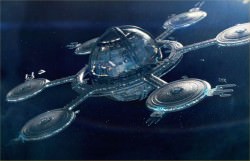
You take a long space station, and light up fusion thrusters on both ends. You dip one end down into the upper clouds, where it siphons hydrogen fuel. Both ends of the space station start blasting. One end keeps it from dropping down into the planet, and the other end pushes on the entire planet, pushing it around the Solar System.
Instead of trying to terraform Jupiter, we could just push the planet closer to the Sun, where its icy moons warm up and become habitable themselves.
Well, ABitOfTheUniverse, that sounds a little easier. What do you think? I’ll admit, trying to figure out how to terraform Jupiter was a good exercise in tomfoolery. Fortunately, my imagination is a limitless and renewable source of energy. We’ve done Mars, Venus, the Moon and now Jupiter. What should we terraform next? Tell us in the comments below.


